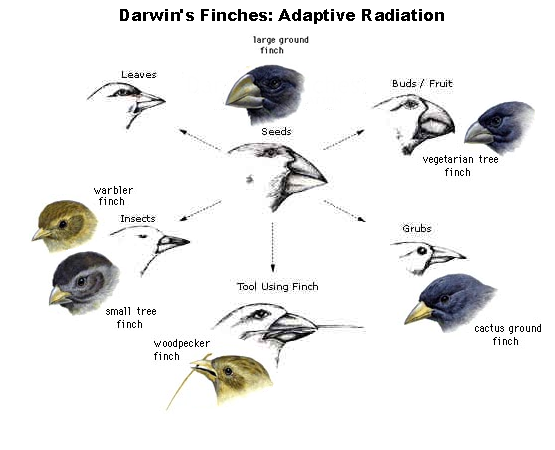







Today in Class We…
l Turned in Page 5, web questions
l Checked in answers for UP p. 13~16 (Lab 26)
l Lab: Biochemical Evidence for Evolution
Homework…
l Bring calculator
l Finish UP p.17A~17F
UP p. 13~16 Selective Answers
2. Hemoglobin is: protein, composed of amino acids, chemical molecule.
http://www.google.com/imgres?imgurl=http://upload.wikimedia.org/wikipedia/commons/b/ba/Hemoglobin_t-r_state_ani.gif&imgrefurl=http://en.wikipedia.org/wiki/Hemoglobin&usg=__Ccy5A1KgKpqDEWQlaYPAcjpvNKE=&h=301&w=400&sz=88&hl=en&start=2&zoom=1&tbnid=cSB9XihU58jC4M:&tbnh=93&tbnw=124&ei=QFonT_y8KMbk0QGB9_TxAg&um=1&itbs=1
5. The hemoglobin is
a) very similar between human and gorilla
b) not very similar between human and horse
c) not very similar between gorilla and horse
b)The chemical makeups of human and horse hemoglobin are not very similar.
c)The chemical makeups of gorilla and horse hemoglobin are not similar.
9. The base sequence of DNA is most similar between human and gorillas.
Biochemical Evidence for Evolution Lab
In this lab we:
l Learned about homologous structures

Determined which animal’s more related to human (chimpanzee, monkey, cow or frog?)
Materials
l 5 testing well trays
l 1 vial simulated human antiserum
l 10 stirring picks
l 7 plastic dropping pipettes
l 1 wax pencil
l paper towel
l 1 vial of simulated human serum
l 1 vial of simulated cow serum
l 1 vial of simulated chimpanzee serum
l 1 vial of simulated frog serum
l 1 vial of simulated monkey serum
l water
Procedure
1. Take one tray, label the animals and the wells 1~8.
2. In each well, place the corresponding serum as add in water in proportion as shown in chart
| Well number | Drops of serum | Drops of water |
| 1 | 8 | 0 |
| 2 | 7 | 1 |
| 3 | 6 | 2 |
| 4 | 5 | 3 |
| 5 | 4 | 4 |
| 6 | 3 | 5 |
| 7 | 2 | 6 |
| 8 | 1 | 7 |
3. shake the trays to mix the serums and water thoroughly
4. wait for 5 minutes to see the result
5. Record agglutination of each well in the data table
6. Repeat for all other serums
7. Rinse and dry all materials thoroughly.
Data Table
Use the following notations:
+++ heavy agglutination
++ medium agglutination
+ slight agglutination
_ No reaction
| Organism | 1 | 2 | 3 | 4 | 5 | 6 | 7 | 8 |
| Human | | | | | | | | |
| Cow | | | | | | | | |
| Chimp | | | | | | | | |
| Frog | | | | | | | | |
| Monkey | | | | | | | | |
Thank you all and have a nice day!
Next Scribe: ***Sophia***





 species for centuries by selecting breeding stock with certain traits.
species for centuries by selecting breeding stock with certain traits.

